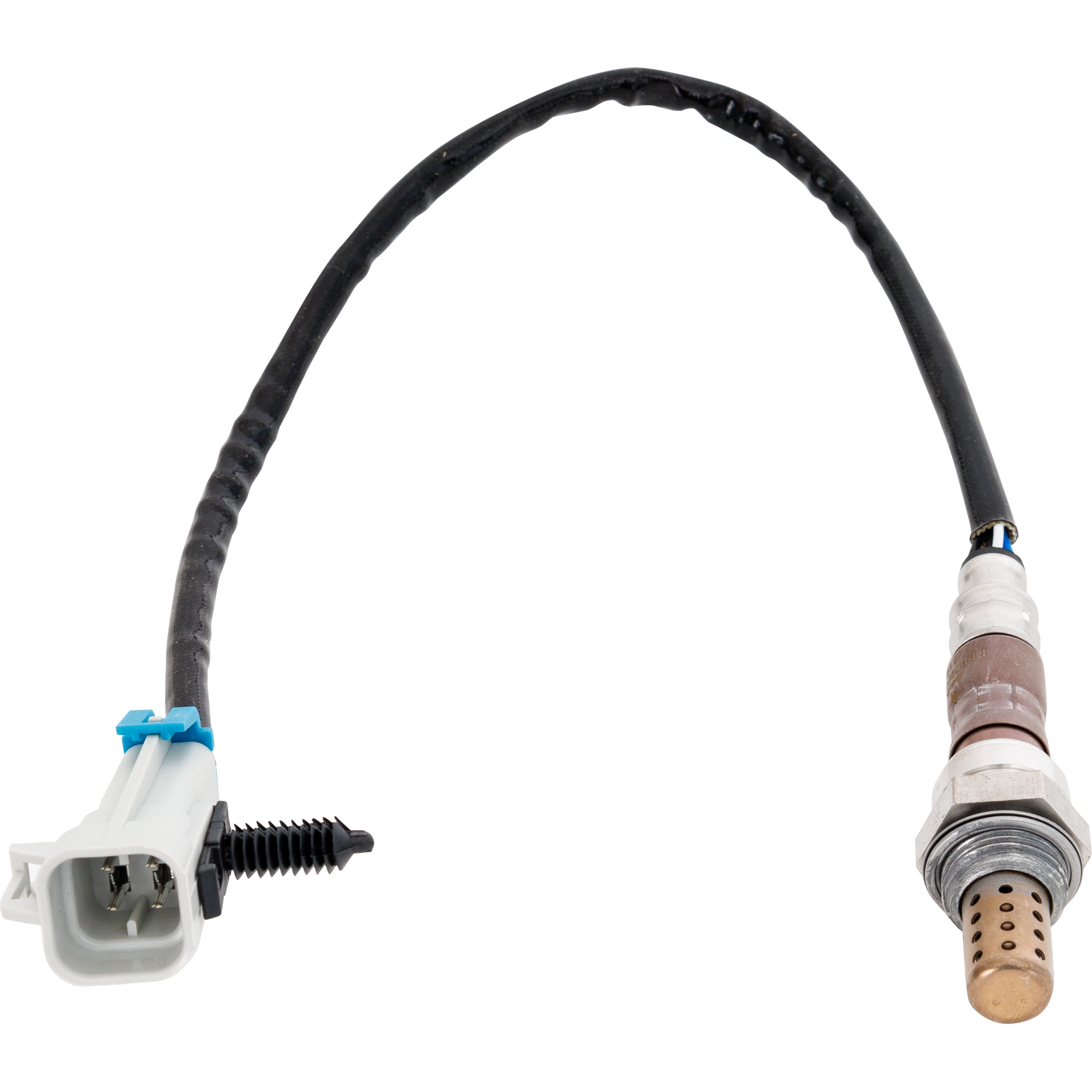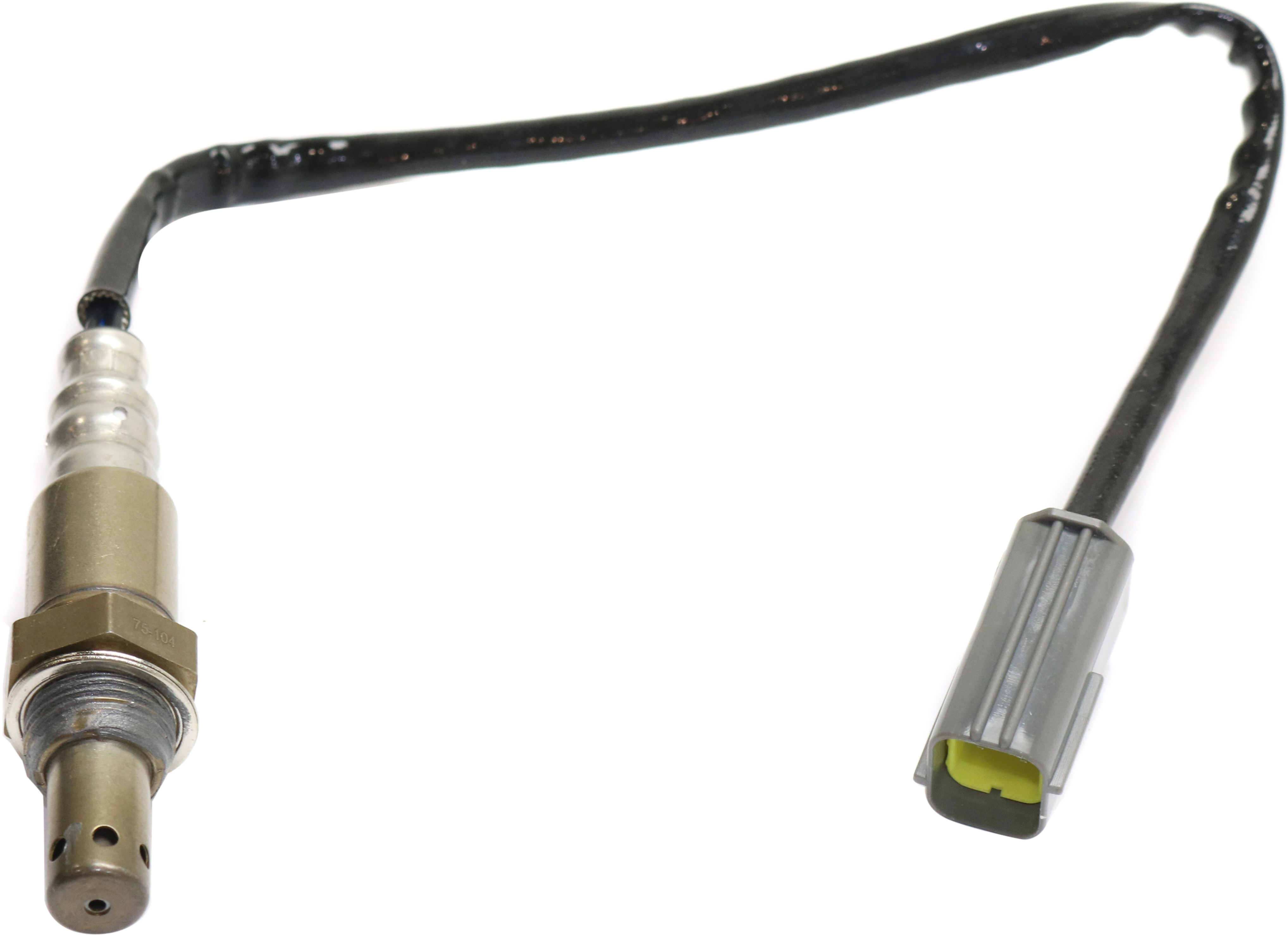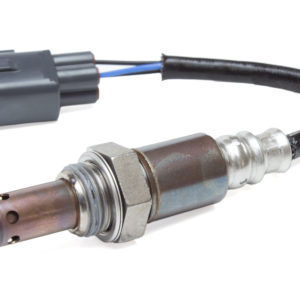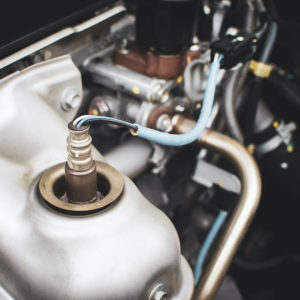OBD-II codes help you find out what’s wrong with your car. If your scan tool is showing a P0137 trouble code, this points to a problem with one of your vehicle’s oxygen sensors.
In this guide, we discuss what a P0137 means, its potential causes, and how it can be diagnosed and fixed.
What Does the P0137 Code Mean?
Diagnostic trouble code (DTC) P0137 stands for “Oxygen Sensor Circuit Low Voltage (Bank 1, Sensor 2).” This error code is triggered by your car’s primary computer—often referred to as the powertrain control module (PCM)—when it perceives a problem with the oxygen (O2) sensor. More specifically, this means that the PCM is detecting a low voltage from the #2 O2 sensor in Bank 1.

The Bank 1 portion of the code refers to the side where the #1 cylinder is located.
There are two O2 sensors in your vehicle. The sensor located before the catalytic converter is the upstream sensor, also known as Sensor 1. The one after the catalytic converter, which is the downstream sensor, is Sensor 2.
To understand code P0137 better, you have to first understand how O2 sensors work together. Upstream O2 sensors (sensor 1) produce varying voltages that enable the PCM to adjust the air-fuel mixture from rich to lean, and vice versa. In contrast, downstream sensors (sensor 2) generate a fairly steady voltage when the catalytic converter is working properly.
Code P0137 triggers when the PCM detects that the signal from sensor 2 on Bank 1 was below a specific value for a certain amount of time.
To learn how the ECM/PCM finds problems with sensors and how this could result in a code like p0137, read our technical explanation about rationality checks.
Continue reading if you want to know the possible causes of P0137.

What are the Possible Causes of the P0137 Code?
Code P0137 is a generic trouble code, meaning it can be experienced across a variety of vehicle brands. But the translation of this code may differ from one brand to another. For example, a P0137 on a Toyota translates to “Oxygen Sensor Circuit Low Voltage Bank 1, Sensor 2”; a P0137 on a Chevy, meanwhile, is “Heated Oxygen Sensor (HO2S) Circuit Low Voltage Bank 1, Sensor 2”.
Since translations vary, the possible causes may also differ depending on the make and model of your vehicle. Here are the most common causes of an O2 Sensor Circuit Low Voltage (Bank 1, Sensor 2) problem or code P0137:
- Malfunctioning O2 sensor (including a bad heater)
- Lean running condition (this will also be reflected by positive fuel trim readings)
- A problem with the O2 sensor circuit
- An exhaust leak that allows oxygen to enter the exhaust stream.
- Outdated PCM software (very rare)
What are the Common Symptoms of the P0137 Code?
Usually, the only symptom associated with code P0137 is an illuminated check engine light. Keep in mind that symptoms may vary and some cases may not cause a particular observable symptom to happen.
How to Diagnose the P0137 Code
Many issues can trigger the P0137 code, from a faulty oxygen sensor to an exhaust leak. This can make it difficult to accurately diagnose the problem.
Fortunately, there is no shortage of helpful resources for DIYers online. Gain a better understanding of the P0137 code’s diagnostic process with this video reference:
How to Fix the P0137 Code
Once you’ve determined what triggered the P0137 code, figure out how to resolve it by consulting online auto repair resources and guides to help you narrow down the solution.
You can also secure an ALLDATA single-vehicle subscription for comprehensive and up-to-date factory repair information.
Before addressing the P0137 code, make sure the solution you found is a confirmed fix for your vehicle. Different makes and models may have their own specific repair instructions, so check your owner’s manual to avoid complicating the problem with an inappropriate fix.
Don’t hesitate to contact your mechanic if you have questions and concerns.

“Rationality Checks” by the ECM/PCM
Both the upstream and downstream sensors have an internal heater, because O2 sensors must be above 600°F to operate. If the internal heater’s resistance is too high, the O2 sensor may toss this code, so make sure you service any O2 sensor heater codes first.
O2 sensor voltage range on a conventional sensor can range from 0 to 1 volt (0 to 1000 mV), but will usually be somewhere between 200 mV and 900 mV. The upstream sensor is constantly switching above and below .5 volts when everything is working properly – the downstream sensor is measuring the catalytic converter’s ability to store oxygen, so it should drift lazily, usually remaining above .5 volts.
If the downstream sensor goes low and stays low for a predetermined window of time while the upstream O2 sensor is operating within acceptable parameters (there are other criteria the ECM/PCM uses as well), the P0137 is stored.
Comparing inputs like this, i.e., “rationality checks” is what the ECM/PCM does to find problems with sensors that should be operating together in a certain pattern.
Getting a Replacement Oxygen Sensor
Your oxygen sensors are crucial to the operation of your vehicle. These sensors help ensure optimal engine performance and efficient fuel consumption. Like any other device installed on your vehicle, these sensors can malfunction over time. Fortunately, it’s easy to find an oxygen sensor replacement for your vehicle with the help of CarParts.com.
Looking for a compatible oxygen sensor at brick-and-mortar stores can consume your time. Good thing you can easily shop for quality replacement parts online, so you don’t have to leave your home.
Select your ride’s year, make, and model from our easy-to-use vehicle selector to shop for compatible parts for your car. Check out our wide selection of oxygen sensors sold at unbeatable prices.
Need help with your order? Call our toll-free hotlines now, and one of our friendly customer service representatives will be ready to assist you.
Products Mentioned in this Guide
Shop this Project



Any information provided on this Website is for informational purposes only and is not intended to replace consultation with a professional mechanic. The accuracy and timeliness of the information may change from the time of publication.


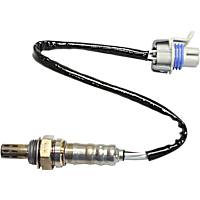 Oxygen Sensor
Oxygen Sensor
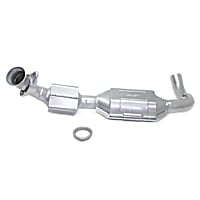 Catalytic Converter
Catalytic Converter
